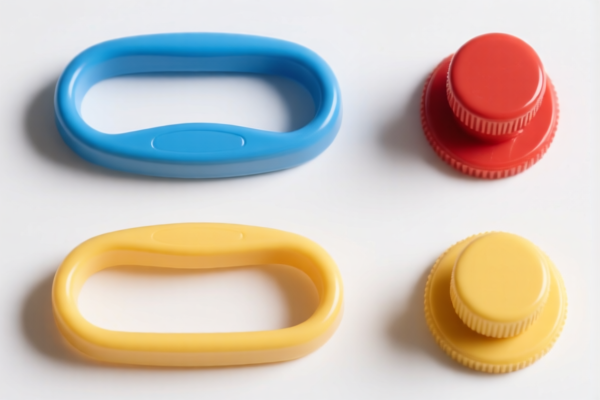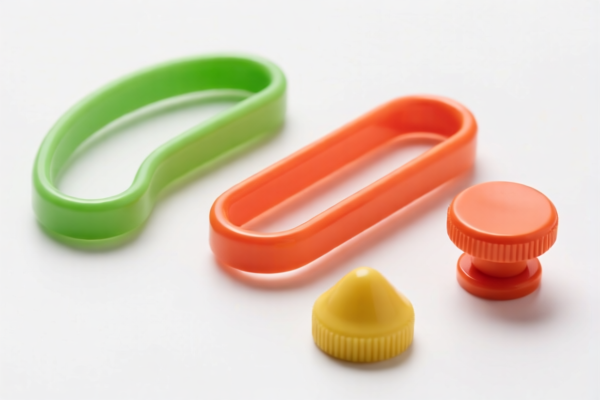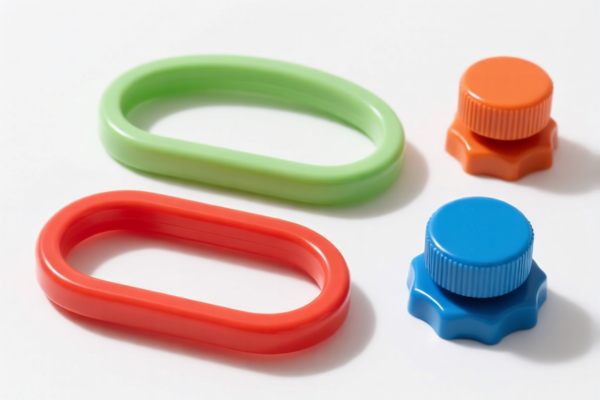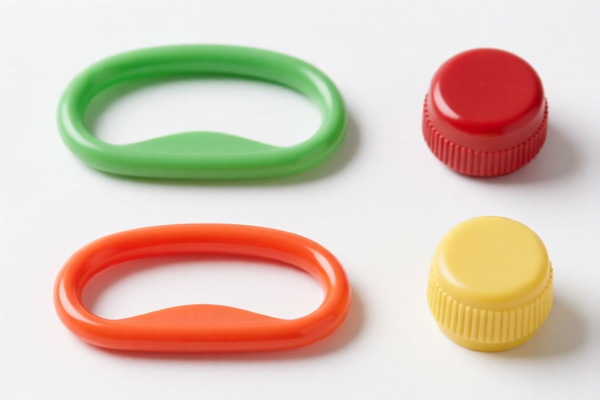| HS Code | Official Doc | Tariff Rate | Origin | Destination | Effective Date |
|---|---|---|---|---|---|
| 6702102000 | Doc | 38.4% | CN | US | 2025-05-12 |
| 6702906500 | Doc | 54.5% | CN | US | 2025-05-12 |
| 6913101000 | Doc | 37.5% | CN | US | 2025-05-12 |
| 6913105000 | Doc | 37.5% | CN | US | 2025-05-12 |
| 3926400010 | Doc | 35.3% | CN | US | 2025-05-12 |
| 3921905010 | Doc | 34.8% | CN | US | 2025-05-12 |
| 3921904010 | Doc | 34.2% | CN | US | 2025-05-12 |




Decorative Leaves
Decorative leaves, also known as foliage plants, are plants grown primarily for their visually appealing leaves rather than their flowers or fruits. They contribute texture, color, and form to interior and exterior spaces.
Material & Composition
The “material” of decorative leaves is, fundamentally, plant tissue – specifically, the lamina (leaf blade), petiole (leaf stalk), and veins. Composition varies greatly depending on the species, but generally includes:
- Cellulose: Provides structural support.
- Water: A major component, influencing turgor pressure and leaf rigidity.
- Chlorophyll: Responsible for green coloration and photosynthesis. Variations in chlorophyll levels and the presence of other pigments determine leaf color.
- Carotenoids: Produce yellow, orange, and brown hues.
- Anthocyanins: Contribute red, purple, and blue colors.
- Waxes: Form a protective coating on the leaf surface, reducing water loss.
Purpose
The primary purpose of decorative leaves is aesthetic enhancement. They are used for:
- Interior Design: Adding visual interest, softening spaces, and improving air quality (though the extent of air purification is often overstated).
- Exterior Landscaping: Providing texture, color contrast, and ground cover.
- Floral Arrangements: Used as filler or focal points in bouquets and displays.
- Ornamental Purposes: Used in terrariums, dish gardens, and other decorative containers.
Function
While not their primary function for the grower, leaves perform essential biological processes:
- Photosynthesis: Converting light energy into chemical energy.
- Transpiration: Regulating temperature and humidity through water evaporation.
- Gas Exchange: Absorbing carbon dioxide and releasing oxygen.
Usage Scenarios
- Homes & Offices: Potted plants, hanging baskets, tabletop arrangements.
- Gardens: Border plantings, ground cover, focal points, container gardening.
- Public Spaces: Lobbies, restaurants, hotels, retail environments.
- Events: Stage decorations, centerpieces, floral arrangements.
- Vertical Gardens/Living Walls: Creating green features on walls and structures.
Common Types
Decorative leaves encompass a vast range of species. Some common examples include:
- Calathea: Known for their striking patterns and colorful foliage. Require high humidity.
- Monstera deliciosa (Swiss Cheese Plant): Large, iconic leaves with distinctive splits and holes.
- Philodendron: A diverse genus with many varieties, ranging in size, shape, and color.
- Aglaonema (Chinese Evergreen): Relatively low-maintenance plants with patterned leaves.
- Sansevieria (Snake Plant/Mother-in-Law's Tongue): Hardy plants with upright, sword-like leaves. Known for air-purifying qualities.
- Ficus: Includes many varieties like Fiddle Leaf Fig ( Ficus lyrata) and Rubber Plant (Ficus elastica), prized for their large, bold leaves.
- Ferns: A wide variety of species with delicate, feathery foliage. Require high humidity.
- Begonia: Known for their colorful leaves and unique textures.
- Coleus: Vibrant, patterned leaves in a wide range of colors.
- Hostas: Shade-loving plants with large, textured leaves.
Decorative leaves fall under several potential classifications based on material and construction. Here's a breakdown of relevant HS codes:
-
6702102000: This code covers artificial flowers, foliage, and fruit, specifically those made of plastics and assembled by binding with flexible materials like wire, paper, textile materials, or foil, or by gluing or similar methods. This is applicable if the decorative leaves are plastic-based and constructed using these binding/gluing techniques.
- 67: Chapter 67 relates to Prepared animal, vegetable, fruit, and nuts.
- 02: Heading 02 specifically covers artificial flowers, foliage, and fruit.
- 10: Subheading 10 further specifies articles of plastics.
- 20: The final two digits indicate assembled by binding with flexible materials.
-
6702906500: This code also covers artificial flowers, foliage, and fruit, but for those made of other materials (not plastics). This would apply if the leaves are constructed from materials like fabric, paper, or other non-plastic substances.
- 67: Chapter 67 relates to Prepared animal, vegetable, fruit, and nuts.
- 02: Heading 02 specifically covers artificial flowers, foliage, and fruit.
- 90: Subheading 90 covers articles of other materials.
- 65: The final two digits indicate "Other".
-
3926400010: This code covers statuettes and other ornamental articles, including bows and similar products for decorative purposes, including gift-packaging. If the decorative leaves are considered ornamental articles and made of plastic, this code may be applicable.
- 39: Chapter 39 relates to Plastics and articles thereof.
- 26: Heading 26 specifically covers other articles of plastics.
- 40: Subheading 40 covers statuettes and other ornamental articles.
- 00: The final two digits indicate bows and similar products for decorative purposes.
According to the provided reference material, the HS code options related to 'decorative leaves' are limited, with only the following 3 found.
Please note that for HS code 6702102000, the leaves must be plastic-based and assembled using binding or gluing methods. For HS code 6702906500, they must be made of materials other than plastic. HS code 3926400010 applies if the leaves are considered ornamental articles made of plastic.
Customer Reviews
No reviews yet.